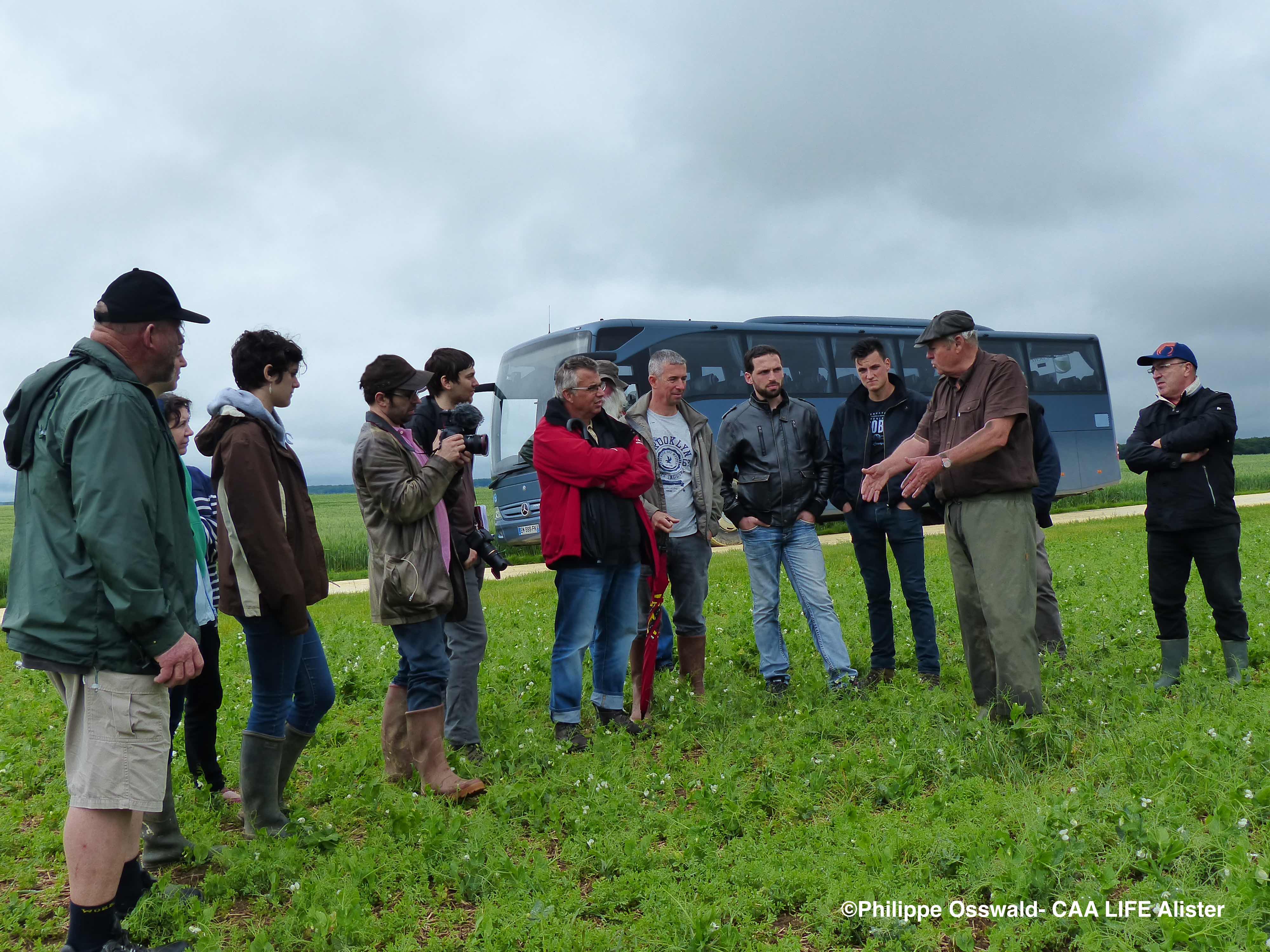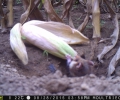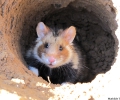Direct sowing on a living vegetal cover: a relevant system!
24 juillet 2017About fifteen or so Alsatian farmers took part in LIFE Alister’s second educational trip, organised on 17, 18, and 19 May 2017 in Ile-de-France and in the Centre Val-de-Loire Regions. This trip followed the “Direct sowing on a vegetation cover: make the right choice” training session last 7 and 15 March, with Jérôme Labreuche (Arvalis – Institut du végétal) and Hubert Charpentier, (an agronomist and CETA farmer).
For the Alsatian farmers, this was an opportunity to be able to speak with those who had already used direct sowing techniques on a vegetation cover and on a permanent soil cover, also experimented on LIFE Alister test plots.
The participants also toured an experimental station and four farms (photo taken at Hubert Charpentier’s farm).
In Boigneville (91), an Aralis – Institut du végétal experimental station, Jérôme Labreuche presented the test platform for soil cultivation. The rapeseed – barley – beets – wheat rotation is cultivated using difference techniques of soil cultivation: ploughing in autumn, superficial ploughing, direct sowing and strip-till work. Ploughed plots are benchmarks in terms of yield, though beet strip-till results have improved over the past few years, making this a very promising technique. Jérôme Labreuche nonetheless warned farmers about risks of parasitism (slugs, crows), which are higher when strip-till and direct sowing techniques are used.
The following morning, in Brives (36) on the La Boisfarderie farm, Hubert Charpentier organised a tour of the parcels where he uses the peas (or lentils) – rapeseed+ alfalfa – durum wheat – wheat rotation, sharing his 17 years of experience of sowing on vegetation covers with the farmers. “I sow the alfalfa at the same time I sow the rapeseed, and it will keep for six years if the plot is not dirtied, and brings 80 units of nitrogen into the wheat!
At Hubert Charpentier’s farm, the yields are higher using direct sowing on a vegetation cover than with soil cultivation for grain crops and legumes, with expenses that are slashed in two! The vegetation covers are regulated using small doses of herbicides, so as to not unbalance the microflora and destroy essential bacteria so the soil can do its job.
On the third day, Hubert Charpentier took the group to Michel and Damien Fradet’s farm in Chasseneuil and to Jean-François Feignon’s farm in Rivarennes, who told the Alsatian farmers about the transition they had carried out on their respective farms towards a system of direct sowing on vegetation cover about four or five years ago, and the benefits of it: lesser needs of using fungicides and insecticides, bringing in organic matter to the soil, fodder for the livestock from the vegetation cover, etc.
On the way back, the group of farmers went to Pougny (58) where they say Mickaël Geloen, the GIEE Magellan manager[1], on Thierry Beauvais’ farm. Mickaël Geloen and Alain Krebs, the GIEE Magellan president, started by explaining the goals of this group launched in 2015: improving the fertility of the soil by the introduction of legumes in crop rotation and as a vegetation cover, cutting down on operational expenses (a reduction of input) and in structure (mechanisation), and a drop in the use of phytosanitary products and mineral fertilizers. Thierry Beauvais went on to explain how he went from a system of crops with 280 ha ploughed to a system of over 350 ha using direct sowing.
When they toured a plot of maize cultivated using alfalfa cover, the Alsatian and Nivernais farmers were able to exchange on cultivation techniques used for non-soil cultivation work, (management of adventives, mastering the competition between the vegetation cover and the crop).
This trip was a resounding success for the Alsatian farmers, who were able to confront their points of view and exchange their experience with other farmers interested in the same themes. The group went back to Alsace, eager to continue these experiments to see for themselves which crop/cover association techniques would work the best on their own farms, in the Alsatian climate.
[1]Mobilisation of farmers for the management and assessment of crop systems using legume vegetation cover and for the management of adventives and nitrogen




